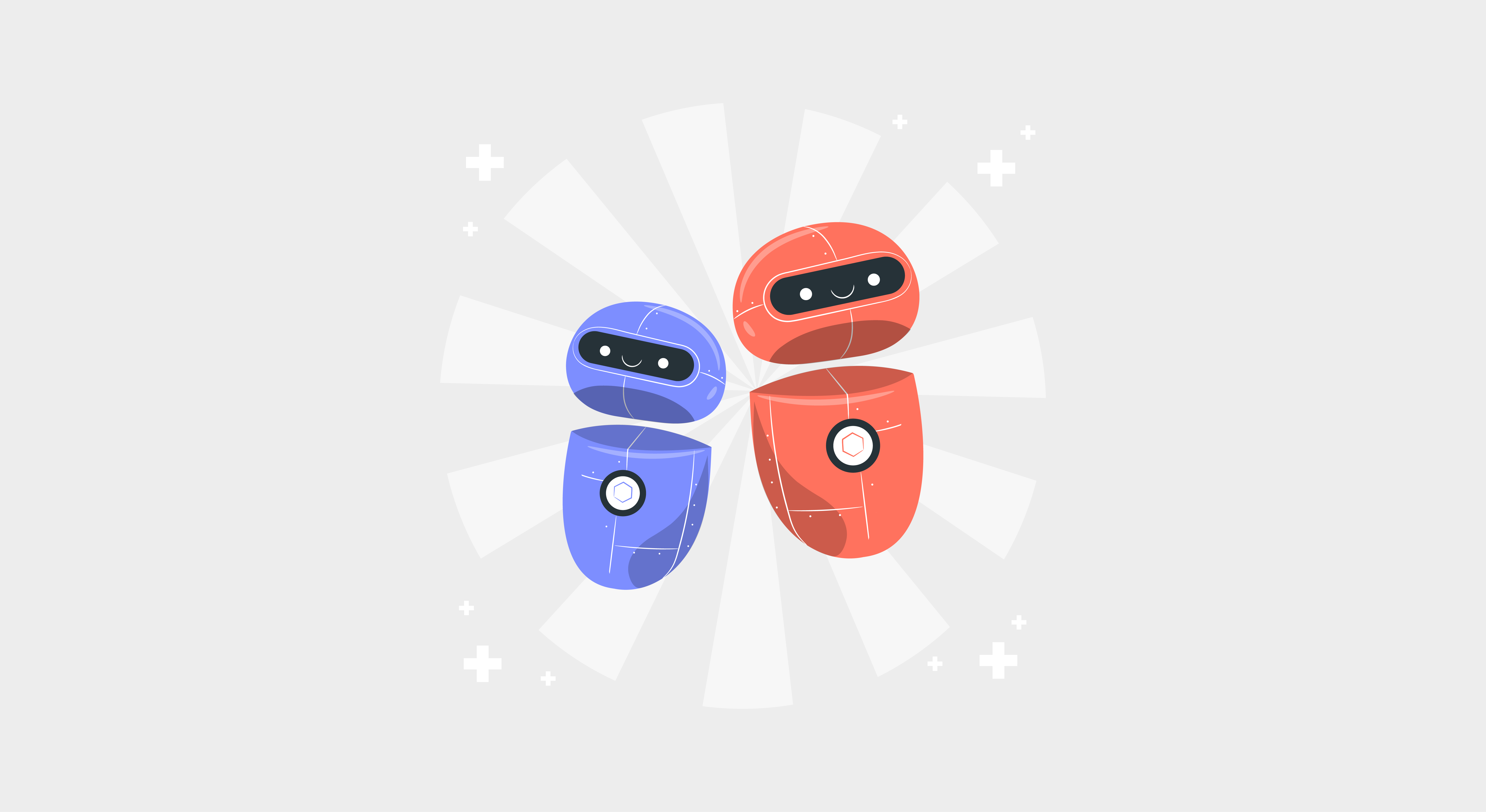Gone are the days when a phone call and being greeted by a company’s IVR (Interactive Voice Response) were the only way for a customer to have a ‘conversation’ with a company. Technological developments and improved access have resulted in the rise of AI interfaces that are revolutionizing how customers interact with brands right from startups to big corporations. The popularity of digital assistants or chatbots and even like Google Assistant, Apple’s Home Pod, and Amazon Alexa and making conversation design an integral part of our everyday lives.
The past few years have seen an increase in conversations taking place on Facebook Messenger, WeChat, and Whatsapp. Quite often, these are run using chatbots. However, these conversations often feel impersonal and sometimes, even deceptive. The reason could be that in many cases, they rely too much on application logic and too little on effective design. That is where we bring in conversation design (CxD).
What is conversation design?
Conversation design is a branch of UX design that ensures that interactions between users and systems are based on how real people communicate, even though one of the involved parties is a bot. The design process leverages the principles of natural language and conversations and interactions in an attempt to make interfaces seem more human and less robotic. It is an intersection of various disciplines across the likes of voice user interface design (VUI), interaction design, visual design, motion design, audio design, and UX writing.
Why do we need to design great conversations?
Today, most conversations or transactions can be carried out through a digital system. So, understanding what contributes towards making real human conversations effective and translating that for the digital world is a vital step towards creating interfaces that feel more real. This is typically carried by a conversation designer.
We need to make sure that all systems can fluently speak ‘human’.
When done right, it can help companies define the flow of conversations and customize the user experience. These conversations add value to interactions and make them feel less robotic and more personal. Moreover, it has also proven to be a very effective way for companies to integrate themselves into the lives of their customers. Most of all, as we’re heading forward towards new technology being firmly embedded in our daily lives, we need to make sure that all systems can fluently speak ‘human’.

Applications like chatbots and voice assistants are constantly working on making life easier for their users. For example, rather than having to fill out a regular query form, a company employs a chatbot through which we can answer a series of questions that mimics a conversation with a service agent. The answers to these questions will help those companies guide us in a more personalized manner because we have been served with relevant options along the way.
Misconceptions about conversation design
● Conversation design refers to only voice input
Voice, by itself, does not constitute conversational design. The conversation designer would need to look beyond what a digital conversation agent responds with. In the real world, conversations bi-directional and rich with contextual meaning, and that is exactly what good conversational experiences are.
● Conversation design is only about text-to-speech
Another misconception that runs rampant is that the conversational design process only revolves around services that translate written words to spoken words. This isn’t true because the end goal of good CxD is to solve problems for people and provide utility in the lives of its everyday users. It is a combination of great copywriting skills and contextual understanding that makes things work.
How can good conversation design impact chatbots?
Customer service is one of the most common use cases for chatbots. While the traditional support channels were phone calls and emails, the past few years have seen a steep incline in the usage of interfaces like chatbots in customer service, which revolve around conversation. They help alleviate the operational costs of support agents while mimicking their live, social interaction. While it’s users are often aware of the fact that chatbots aren’t real humans, they prefer the chatbot to be warm and friendly, rather than mechanical like a robot’s.
While designing chatbots, we often have a tendency to think sequentially and forget to implement the nuances of natural conversations that are in fact second nature to us.
At the end of the day, a conversation with the bot is replacing the conversation between a customer and a human agent, where the agent is constantly adjusting their tone, body language, vocabulary, and offerings in response to the customer’s reactions. Therefore, for a chatbot to be successful, it requires to be a good conversationalist!
While developing and designing chatbots, we humans often have a tendency to think sequentially and forget to implement the nuances of natural conversations that are in fact second nature to us. Here is where a good grip on conversation design comes in handy. Good conversation design, especially in a chatbot, keeps us in touch with minute details of interactions. Words and other linguistic hints used correctly, translate into an impression of a brand’s personality in a customer’s head. So, while the process begins on a screen, it has a deep-seated psychological effect on how the brand is perceived. Additionally, it is also important to conduct extensive user research to understand what the user needs and expectations are.
Before we start designing chatbots, it is important to acquaint ourselves with what well-designed conversations can do that makes interactions on the screen perform well.
What can chatbots with great conversation design do?
● Understand context
It is not an easy task for an interface built for a virtual assistant or chatbot to convey details like body language, eye gaze, and tone, that conventional communication usually conveys. A chatbot needs to keep these nuances, in addition to conversational norms, stakeholders, affective response systems, and intuitive interface design at the forefront of all efforts.

● Decipher the goal and deliver it
Well designed conversations are created with an end goal in mind. When someone interacts with digital systems or services, they have well-defined expectations from it. It’s important for the conversation designer to create a chatbot that can gauge what these expectations are and use appropriate design tools to plan the conversation so you can deliver them.

● Respond appropriately
Like in reality, when a machine is conversing with a human, it needs to be bi-directional. The chatbot needs to hear and understand what the customer has to say so that it can respond accordingly. Hence, it is vital from a conversational experience point for the chatbot to capture the input depending on what the use case is.

It is also important that the chatbot avoids long monologues and being one-sided. It has been noted that the user experience is vastly improved when contextual cues are analyzed and used to furnish responses.
● Keep the interest alive
No one likes long-drawn conversations. In a time when speed is everything, it is important to design conversations for chatbots that unfold quickly and efficiently, without any ambiguity. Whether your customer is trying to change a password, check their bank account balance, or compare models of mobile phones, time is of the essence. Testing sample dialog early on will help you deliver a great conversation design that saves its users time and energy.

Conclusion
The principles of conversation design help us answer the important question of ‘How can we make chatbots feel less robotic and more human?’ It doesn’t matter whether you are a designer, developer, or content strategist, building trust through conversational interfaces is an important design tool to carry in your arsenal.
Chatbots and voice assistants are only as successful as their user experience design. This is where a conversation designer can make a difference. After all, while a chat with a good visual design that manages to provide the right answers may be a good starting point, it’s the well designed, intuitive, and human-like conversations that really seal the deal. HappyFox Chatbot is a fully customized solution, tailored to your business needs. Sign up for a demo with our product specialists to learn more.








